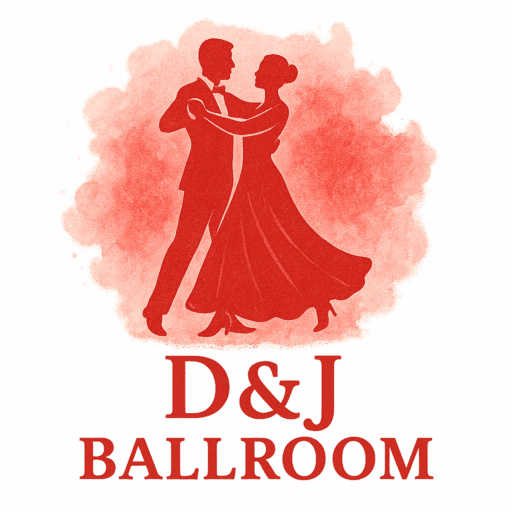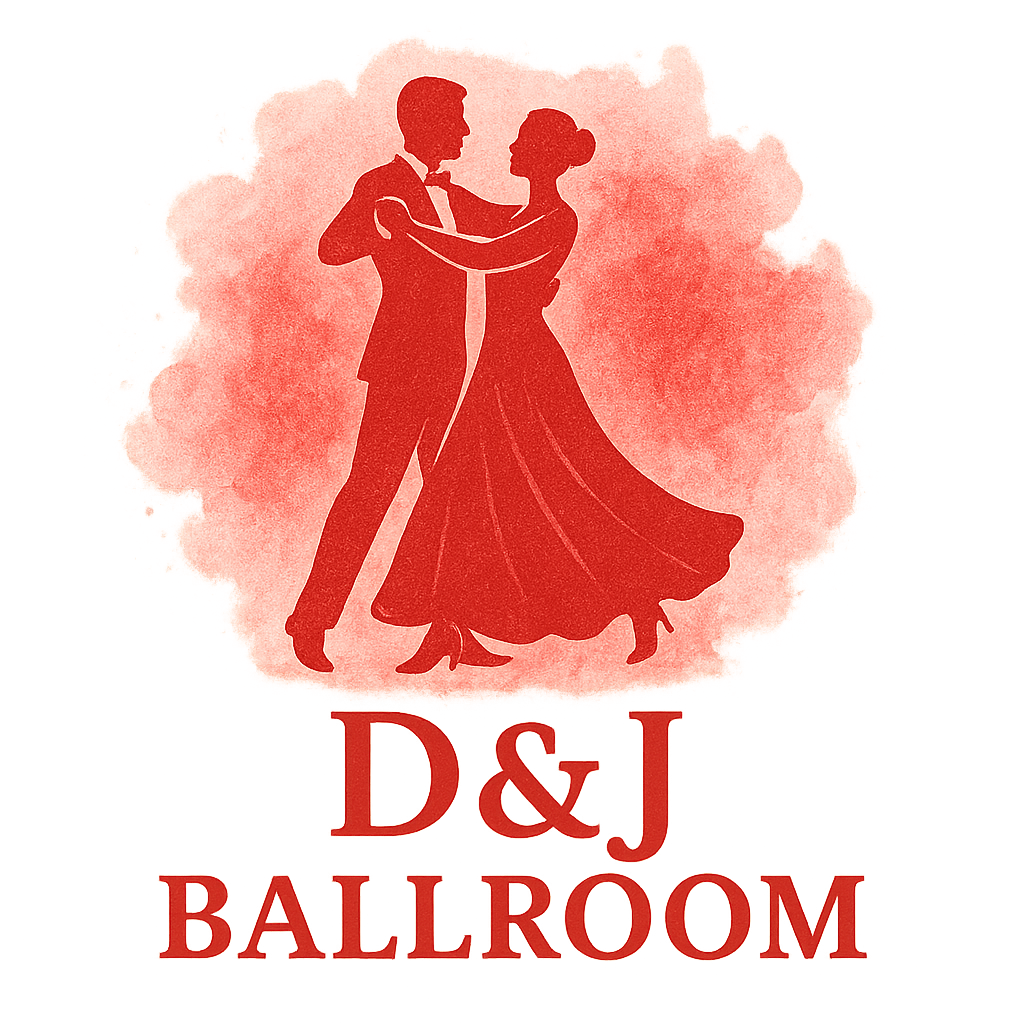Introduction to Ballroom Training
Ballroom dancing isn’t just about memorizing steps—it’s about moving with grace, confidence, and rhythm. For beginners, progress can feel slow at first. That’s why ballroom technique drills are essential. By practicing consistently, you can improve posture, timing, and connection every single week.
If you’re new to ballroom, it helps to understand the history and culture of ballroom—how it evolved from social gatherings to competitive sport. Knowing where these movements come from gives you a deeper appreciation for your training.
Why Ballroom Technique Drills Matter
Drills are the backbone of ballroom success. They transform simple steps into polished performances while making your movements feel natural.
The Role of Muscle Memory in Dance
Your body learns best through repetition. Practicing drills builds muscle memory, allowing you to perform without second-guessing. Over time, your movements flow effortlessly.
Building Confidence Through Practice
Confidence comes from consistency. When you’ve repeated drills enough times, walking onto the floor—whether at practice or at a ballroom competition—feels natural, not nerve-wracking.

How to Track Weekly Progress Effectively
Tracking your improvement is just as important as the drills themselves. Without progress markers, it’s easy to feel like you’re stuck.
Setting Realistic Goals
Start with small, achievable goals like holding posture for a full song or keeping your timing consistent for a minute straight.
Using Dance Journals and Progress Trackers
A journal helps you reflect on what’s working and what isn’t. Many dancers log details like posture corrections or footwork challenges alongside class notes from ballroom training sessions.
Recording Practice Videos for Self-Review
Video is one of the best feedback tools. Watching yourself dance is like holding up a mirror—you’ll notice mistakes that felt invisible in the moment.
Drill 1: Posture Alignment Exercise
Posture is the cornerstone of ballroom. Without it, even advanced moves lose their elegance.
How to Practice Proper Posture
Stand tall with an open chest, shoulders relaxed, and chin slightly lifted. Imagine you’re a royal walking through a ballroom.
Common Mistakes to Avoid
Beginners often hunch or lean forward, especially in dances like the waltz. Keep your spine lengthened to maintain balance.
Drill 2: Frame Control and Partner Connection
Your ballroom frame isn’t just about arm position—it’s how you connect with your partner.
Maintaining a Strong Ballroom Frame
Hold your arms gently rounded, elbows lifted, and wrists aligned. This creates the structure for smooth leading and following.
Practicing with or Without a Partner
Even if you don’t have a partner, you can practice your frame in front of a mirror. Later, test it with a friend or during ballroom events to see how your connection holds up.
Drill 3: Basic Footwork Patterns
Footwork is the heartbeat of ballroom. Smooth, precise steps keep you in rhythm and make transitions easier.
Waltz and Foxtrot Walking Exercises
Practice forward and backward walks, rolling from heel to toe. In styles like the foxtrot, the glide is everything.
Drilling Slow and Quick Steps
Alternate slow and quick steps in rhythm. This exercise mirrors the “slow-quick-quick” pattern found in many dances.
Drill 4: Rise and Fall Technique
Rise and fall create the signature flowing look of ballroom dances like waltz.
Understanding Weight Transfer
Think of weight transfer like waves rising and falling on the ocean. Controlled rise and fall make your movements appear effortless.
Exercises to Perfect Rise and Fall
Practice lowering through bent knees, then rising with control—never bouncing. For inspiration, check out how this is applied in competitive ballroom performances.
Drill 5: Timing and Musicality Practice
Without rhythm, ballroom dancing becomes walking. Timing drills keep you in sync with music.
Counting Beats in Popular Ballroom Styles
For waltz, count “1-2-3.” For tango, it’s “slow-slow-quick-quick-slow.” Learn these patterns by studying the basics of different ballroom dance styles.
Moving in Sync with Music
Dance isn’t about memorizing steps—it’s about feeling music. Play a favorite ballroom track and practice steps while keeping beat.
Drill 6: Floor Craft and Spatial Awareness
Ballroom is a group activity, often danced on a crowded floor. Floor craft ensures smooth navigation.
Navigating a Crowded Dance Floor
Picture yourself at a busy ballroom event. Practice adapting your steps to avoid collisions while staying in rhythm.
Practicing Turns and Direction Changes
Simple quarter turns prepare you for advanced movements like pivots and promenades. Focus on control rather than speed.
Drill 7: Balance and Core Strength
Strong balance keeps you steady during spins, lifts, and fast transitions.
Simple Core Exercises for Dancers
Add planks, bridges, and side balances to your routine. A solid core improves posture, balance, and even stamina during ballroom training.
Balancing in Spins and Pivots
Use spotting techniques—fixing your gaze on a point while turning—to reduce dizziness and improve balance.
Weekly Progress Checklist
Your drills should feel like a step-by-step journey, with progress stacking each week.
Measuring Small Wins Each Week
Celebrate holding posture for an entire song or completing a drill without losing balance.
Adjusting Drills for Faster Growth
When a drill feels easy, add music, practice longer, or try combining two drills at once.
Common Beginner Challenges and Fixes
Overthinking Movements
Beginners often try to fix everything at once. Instead, focus on one aspect per drill—like posture one week, timing the next.
Staying Motivated During Slow Progress
Remember, ballroom is a journey. Even world champions struggled with basics at some point. Stay patient and consistent.
Tips for Long-Term Ballroom Success
Importance of Consistency
Dancing 10 minutes daily beats practicing once a month. Small, consistent effort creates lasting results.
Finding a Mentor or Coach
An experienced instructor provides corrections that solo practice can’t. Consider working with a coach or joining group ballroom training sessions for structured growth.
Conclusion
Ballroom mastery doesn’t happen overnight, but structured drills can transform your dancing week by week. By focusing on posture, frame, footwork, rise and fall, timing, floor craft, and balance, you’ll see real progress. Track your growth, stay consistent, and most importantly—enjoy the dance journey.
FAQs
1. How long should I practice each ballroom drill per week?
15–20 minutes per drill, spread throughout the week, works best.
2. Can I practice ballroom drills without a partner?
Yes! Many drills—like posture, frame, and footwork—can be done solo before testing with a partner.
3. What’s the best way to track ballroom progress?
Journals, practice videos, and feedback during ballroom competitions help measure improvement.
4. Do I need special shoes for ballroom drills?
Yes—ballroom dance shoes provide balance and glide, unlike regular shoes.
5. How do I stay motivated if I feel stuck?
Celebrate small wins, try new styles, or attend a ballroom event for inspiration.
6. Which ballroom style is best for beginners?
The waltz and foxtrot are excellent for beginners—they teach posture, rhythm, and fluidity.
7. How long does it take to see real improvement?
Most beginners notice progress within 4–6 weeks of consistent drills.


